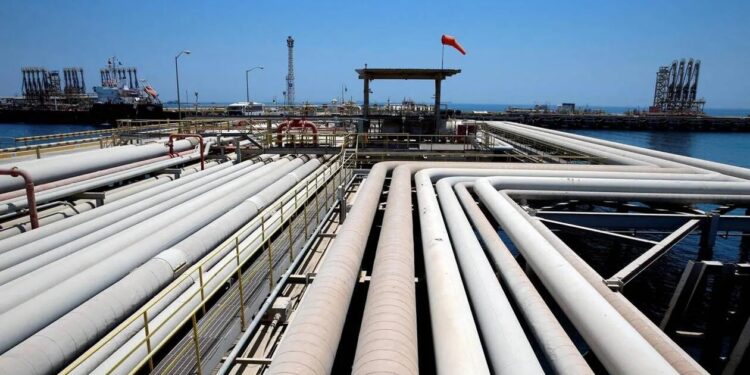Oil prices go backwards, approaching the $ 75 for Brent, in a context of exacerbated tensions in the Middle East after the Israeli attack on Iran. The markets anticipate a sustainable outbreak if the crisis is getting worse.
Oil prices started the week in clear progress, in the wake of the flambé recorded on Friday, carried by geopolitical tensions in the Middle East after the attack led by Israel against Iranian installations.
On Monday morning, the barrel of Brent from the North Sea, a European reference, was exchanged at $ 74.97, up 0.99 %. For its part, the American WTI increased by 1.15 %, reaching $ 73.82. These increases are part of the jump of almost 13 % observed at the end of last week.
The markets react strongly to climbing between Israel and Iran, whose tensions cause major risks on oil supply in the region.
“If the conflict intensifies, prices could quickly cross the bar of $ 80 a barrel,” said an analyst based in London, who points to the sensitivity of the markets to any disturbance in the Strait of Ormuz, by which transit nearly 20 % of world oil.
In addition, the possibility of reinforced sanctions against Tehran or a partial blockage of its gross exports feeds concerns. Iran, a member of OPEC, remains a key player in the oil market despite the embargoes in force.
In response, several major maritime transport companies have started to redefine their roads or increase their insurance rates for cargoes transitting by the region.
While investors seek to anticipate the economic consequences of this new geopolitical deal, analysts emphasize that a prolonged conflict could increase prices far beyond current levels, potentially weighing on global growth.








